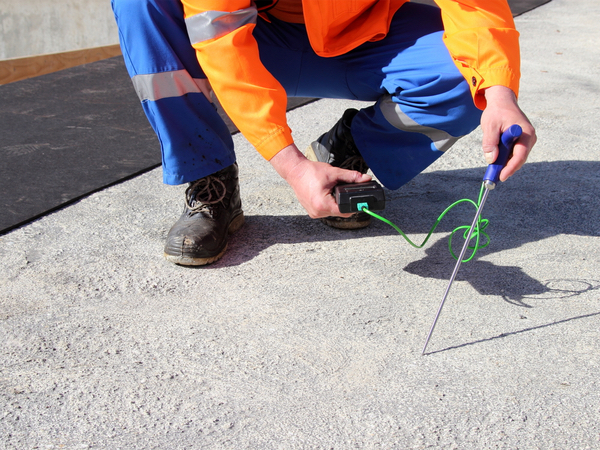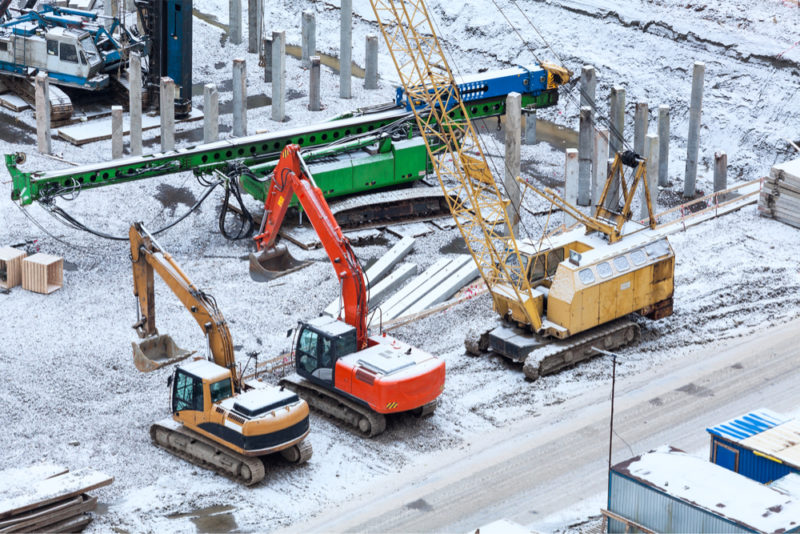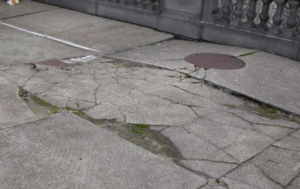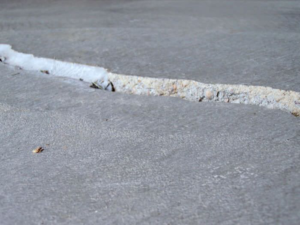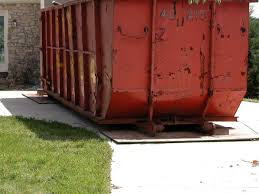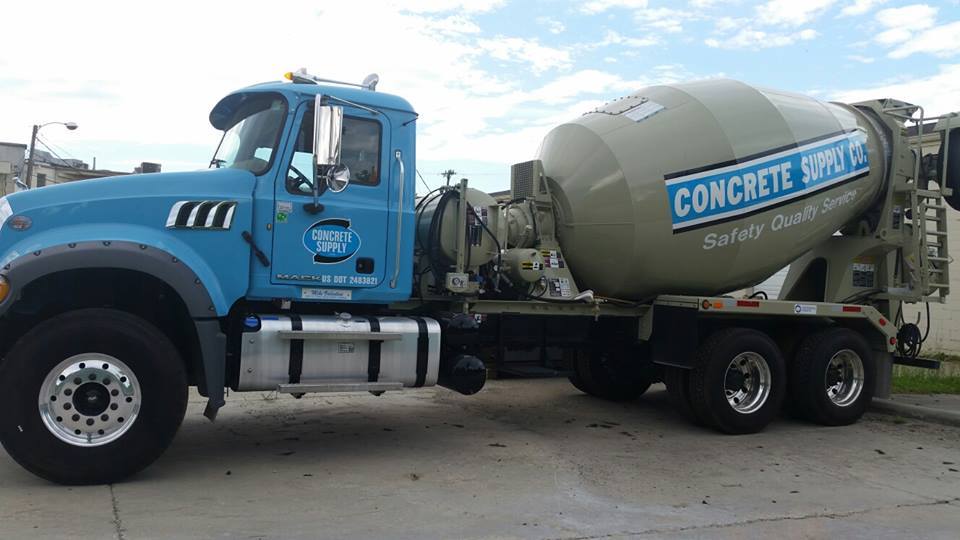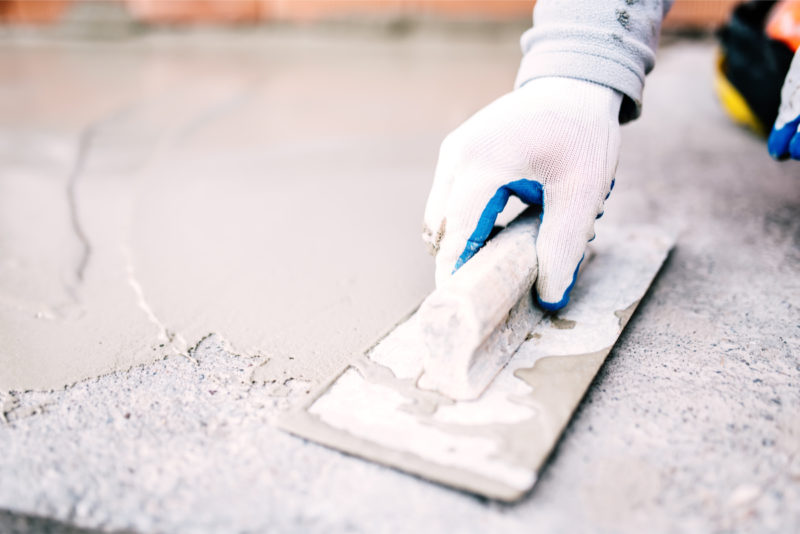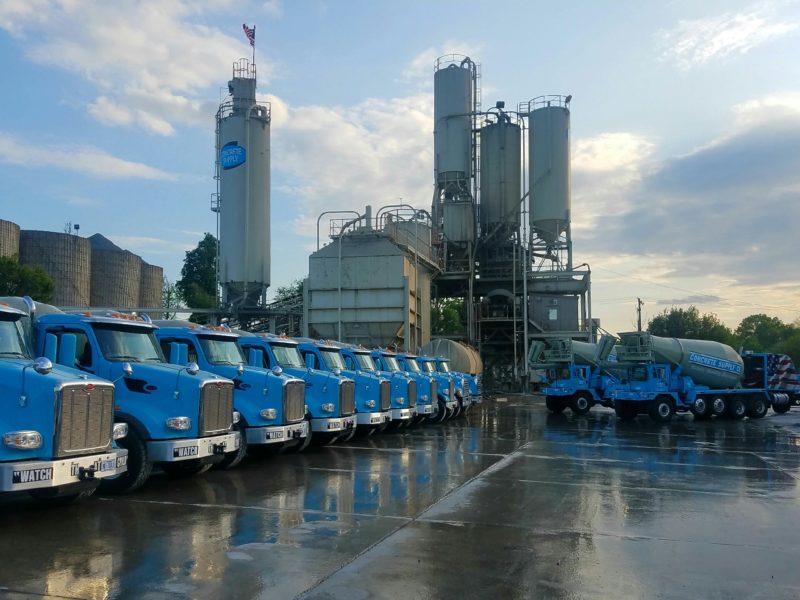6 Tips For Effectively Communicating With Your Suppliers
Tips To Improve Communication Between You And Your Suppliers
Communication is a critical component of any construction project–it’s also one of the biggest pain points for construction professionals today.
While communication is important in any industry, the essential role it plays specifically with regards to construction is not to be understated. Poor communication between key players on a construction project can equate to huge monetary losses, safety hazards, missed deadlines, and an overall unsuccessful finished product. Good communication in the construction industry is the difference between a project that’s completed on time and on budget, or a complete disaster.
As a large concrete supplier with over 60 years of industry experience, we’ve seen first hand the toll poor communication can take on the overall success of a construction project. We also know improving communication is a two-way street–suppliers like us have just as much to lose if communication isn’t up to par.
That’s why we’ve put together a list of tips for suppliers (like ourselves) and top construction professionals, decision makers, contractors, subcontractors, and/or project managers (like you), for improving communication.
1. Get On The Same Page From The Start
Discuss your process, priorities, and goals for the project at the very beginning of the partnership. The initial meeting is a great time to get it all out on the table. When a supplier understands what is important to you and the project, they’re able to work with that in mind. When partners work with the same goal in mind, great things happen.
2. Avoid Using Industry Jargon and Buzzwords
We’ve worked in the concrete industry for 60+ years. Some would say we’re experts in all things concrete. But that doesn’t necessarily mean you are! And vice versa.
We both work in the construction industry and while we have a general understanding of what the other does, messages sometimes get lost in translation when industry-specific jargon and buzzwords are used. Ensure each party is able to understand the details of the project by using general terms each is likely to understand. If a concept is foreign, take the time to explain it.
3. Identify Your Chain Of Command And Points Of Contact
When you or your supplier doesn’t know who to contact with a question, concern, complaint, problem, etc–it can be frustrating. This is particularly a problem on a construction project where there are so many different parties involved.
Don’t assume that because your chain of command is documented in the contract, that other parties understand it. The best way to avoid confusion is to provide a single point of contact. This person should hold some authority, be organized, have good communication skills, be willing to feed information to the rest of the team and make executive decisions. With a single point of contact, your back and forth messaging will remain consistent and create less opportunity for misunderstanding.
4. Define The Rules Of Engagement
Set the standards for efficient and effective communication. Each party involved will have different communication expectations, strategies, and techniques–find a common ground! Here are some suggestions to get you started:
- How often will you provide updates and reports? How often will you expect updates and reports?
- What channels or methods of communication will be used? (A communication tool or software that both parties are familiar with can be a powerful way to operationalize effective communication.)
- Are there certain hours or days when either party isn’t open to being contacted?
- How much notice is required for cancellations, timeline changes, etc.?
- What information do you need from the other party and when?
5. Be Transparent
Often in construction, changes are made to the plan or timeline quickly, problems arise that are out of your control, or someone makes a mistake (hey, we all make ‘em!). Whatever it is, be transparent with all parties involved. You’ll want to give everyone else plenty of time to readjust to the changes that were made.
Transparency is critical in fostering a trusting and successful partnership free of tension and conflict.
6. Practice Active Listening
Listening is an essential, yet often forgotten part of communication. You must accurately receive a message in order to accurately relay it to your team. Poor listening has ruined its fair share of relationships, don’t let it add tension to yours.
The best listeners make eye contact, ask relevant questions, mirror gestures and expressions, don’t interrupt, and paraphrase what was said to show they understand.
Often times, just by listening attentively to one another we’re able to solve problems before they even arise. Wouldn’t that be nice?
These tips will ensure effective communication between you and your suppliers, therefore decreasing the tension put on the relationship and increasing the likelihood that your project is successful!
Though there are steps that can be taken throughout your partnership with a supplier to improve communication, it helps if you select a supplier who has a strong and proven track record for thorough communication.
During your supplier pre-qualification process, don’t be afraid to question the supplier’s communication techniques. If they don’t align with your preferences or needs, it may be an indication that the relationship wasn’t meant to be.
For more on how to choose the right supplier for your project, download our guide to pre-qualifying suppliers. The guide will help construction decision makers like you, develop a process for measuring a supplier’s ability to complete a project.







